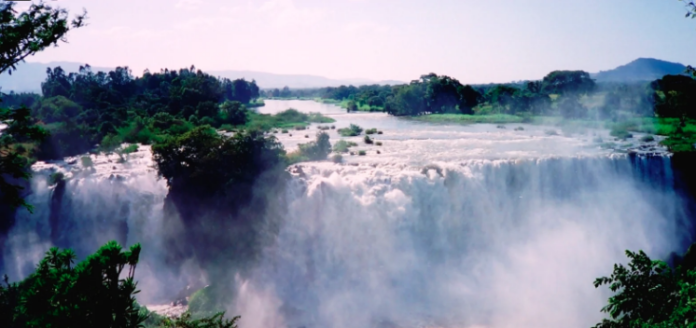Some scientists think the Nile river might be revealing the mysteries of the mantle beneath it.
There’s been debate over the age of the Nile—whether it formed from a river redirecting around 5 million years ago or whether a proto-Nile has flowed through the area for 30 million years. If the Nile is older, as one team of scientists’ evidence suggests, then it could be mirroring the course of a plume of mantle material circulating beneath it. The mantle is the largest layer of Earth, consisting of high-pressure rock beneath the crust and above the core.
“Maybe we can use rivers to understand how the mantle flows” more generally, Claudio Faccenna, the study’s first author and a professor at the University of Texas at Austin, told Gizmodo.
Two competing models try to explain the Nile. In one, the Nile formed when a drainage basin changed its course from westward to northward around 6 million years ago, due to the same processes that formed a crack in the African tectonic plate called the East African rift. The other theory says that the river formed 30 million years ago as a result of long-running geological processes in the mantle that have been pushing ground upward in Ethiopia and downward closer to the Mediterranean.
The team of researchers from the United States, Canada, Italy, and Israel presented new evidence in favor of the latter theory, including data and modeling. The modeling of how the local topography changed over time suggests that the Ethiopian plateau may have begun upwelling 30 million years ago, while the land began sinking downward in the eastern Mediterranean, by the Nile’s mouth. The researchers linked this model to one of the mantle moving as large slabs of rock shift around, according to the paper published today in Nature Geoscience.
Past research from this team also supports an older Nile. Analysis of 20- to 30-million-year-old rocks called zircons found at the Nile’s mouth showed that they seem to match the rocks found in the Ethiopian plateau at the source of the Nile, suggesting the river is at least that old. The thickness of the sediment, as well as the amount of erosion in the Blue Nile (one of the main tributaries of the Nile) also seem to support the older age.
Age aside, the researchers say they’ve demonstrated that some rivers can serve as a tool for understanding the behavior of the mantle below. Some rivers typically originate from mountains or high plateaus, but others, like the Nile or the Yenisei river in Siberia, simply start out at places of higher land where the Earth’s mantle has pushed upward. These kinds of rivers differ in the sort of sediment they deposit at their mouth (usually it’s of volcanic origin, from the upwelling of the mantle).
This work is exciting for scientists like Faccenna who hope to better understand the mantle, which is difficult to study because of its depth beneath the crust. “If we can find another signal of the deep mantle on the surface, it would be amazing,” he told Gizmodo.
Obviously this work is based on a model, so there are built-in human assumptions that can alter its outcome. But I quite like the idea that there are rivers here on Earth that we can use as windows into the underworld.





























